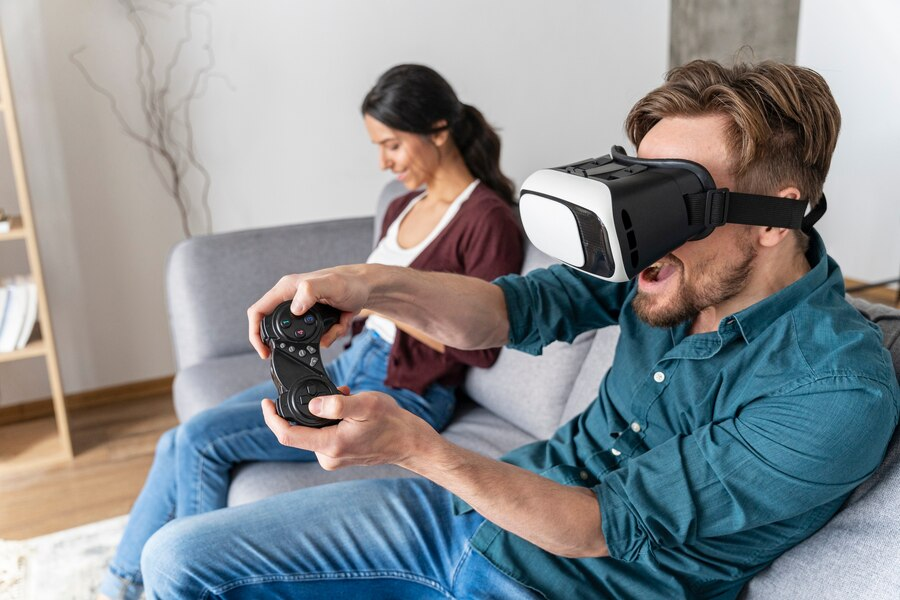Gaming has always been a beloved pastime for millions worldwide, offering entertainment, camaraderie, and often, a means of escape. However, for many individuals with disabilities, accessing and enjoying video games can be challenging due to physical, cognitive, or sensory barriers. Recognizing this issue, Microsoft has been at the forefront of promoting inclusivity in gaming through its Xbox platform. In this article, we delve into Microsoft’s efforts to make gaming more accessible to everyone.
Inclusive Hardware Design:
Microsoft’s commitment to accessibility begins with hardware design. The Xbox Adaptive Controller stands as a prime example of this dedication. Launched in 2018, this innovative controller features large programmable buttons and ports for external switches, allowing gamers with limited mobility to customize their setup according to their needs. Moreover, the controller’s design accommodates various adaptive peripherals, empowering players to configure a control scheme that suits them best.
Accessible Software Features:
Beyond hardware, Microsoft has implemented numerous software features to enhance accessibility across the Xbox ecosystem. Features like the Copilot mode enable two controllers to function as one, facilitating cooperative gameplay where players can share control inputs. Additionally, customizable button mapping allows users to reassign controller buttons to better suit their abilities and preferences.
Moreover, Microsoft has integrated robust accessibility options directly into the Xbox operating system. The “Xbox Accessibility” menu provides a centralized hub for users to adjust settings such as text-to-speech, magnification, color filters, and closed captioning. These features ensure that players with visual impairments, hearing loss, or cognitive challenges can fully engage with the gaming experience.
Inclusive Game Design:
Microsoft has also been proactive in encouraging game developers to prioritize accessibility in their titles. Through initiatives like the Xbox Accessibility Guidelines (XAGs), Microsoft provides developers with comprehensive resources and best practices for creating inclusive gaming experiences. By integrating features like customizable difficulty settings, scalable text, and audio cues, developers can make their games more accessible to players with diverse needs.
Furthermore, Microsoft actively promotes awareness and education around accessibility within the gaming industry. Events such as the annual Gaming & Disability Community Reception provide a platform for dialogue between developers, gamers, and accessibility advocates, fostering collaboration and innovation in the pursuit of inclusive gaming.
Community Engagement and Feedback:
Central to Microsoft’s approach is ongoing engagement with the gaming community, particularly individuals with disabilities. Through channels like the Xbox Accessibility Feedback Program and the Xbox Ambassadors program, Microsoft solicits feedback from users to identify areas for improvement and prioritize accessibility features in future updates.
Moreover, Microsoft collaborates with organizations and advocacy groups to raise awareness and promote inclusivity in gaming. Partnerships with organizations like AbleGamers and SpecialEffect demonstrate Microsoft’s commitment to supporting players with disabilities and ensuring that gaming remains a welcoming and accessible medium for all.
Conclusion:
In a world where technology has the power to connect and empower individuals, Microsoft’s efforts to promote accessibility in gaming are both commendable and necessary. By prioritizing inclusive design principles, fostering collaboration within the industry, and actively engaging with the gaming community, Microsoft is driving positive change and paving the way for a more inclusive gaming landscape. As the Xbox ecosystem continues to evolve, one thing remains clear: gaming should be for everyone, regardless of ability.
